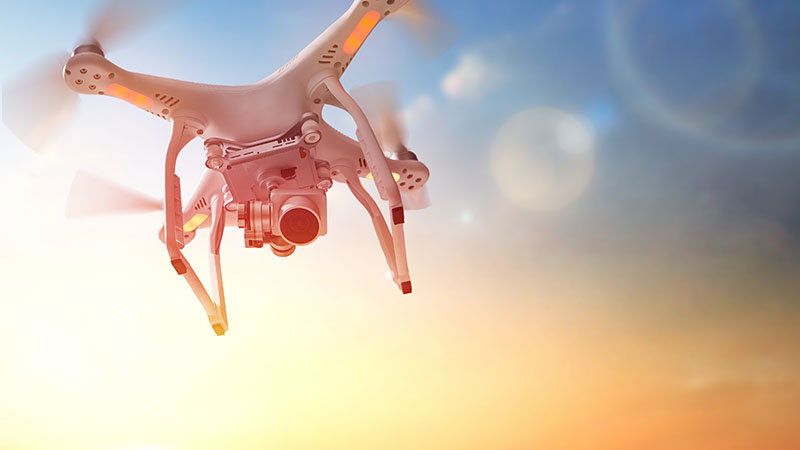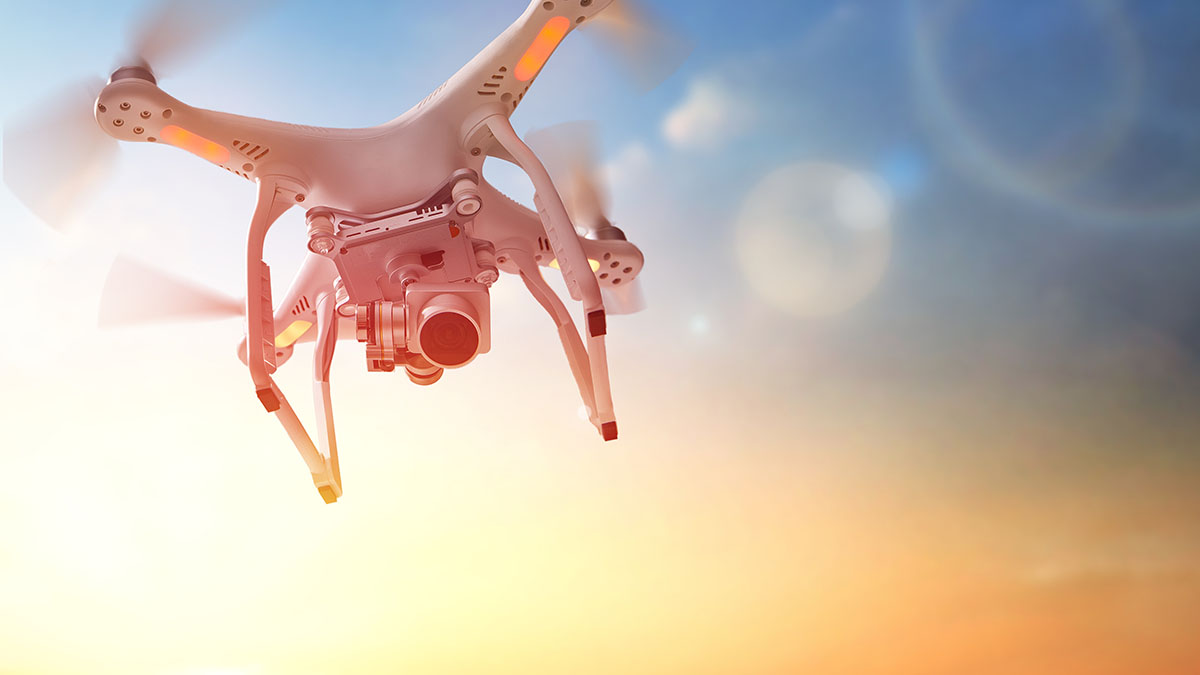A couple of weeks ago, Techworld published a short article about twenty companies actively using unmanned aircraft, more colloquially called drones, in their business right now. The list features some high-profile companies like Amazon, UPS, the BBC and Shell. Drones are not an entirely new phenomenon, though. Pilotless balloons were used at least as early as 1849 when the Austrian army attacked Venice using two hundred unmanned balloons filled with explosives.
Drones to Fly More Freely: Four Changes to the Regulation



Piia Raappana & Kim Parviainen
Related services
Tags
Today, drones are a billion-dollar business (article in Finnish). Creativity seems to be the only limit for business opportunities. In a report last year, the international accounting and consulting firm PwC estimated that the global drone business is worth over 127 billion dollars.

The development of the drone business is mirrored by the increasing regulation that has developed over the past few years. The Finnish Transport Safety Agency’s newest regulation on the use of remotely piloted aircraft and model aircraft entered into force at the beginning of 2017. The regulation was previously updated just over a year ago. As there are currently no pan-European rules, the field is still predominantly regulated on the national level. The new regulation is another step in a more liberal direction in a situation in which many other countries are tightening their regulation. In principle, the departing point for the Finnish rules is safety and operator self-regulation.
Though the new regulation is mostly in line with the previous one, the below liberalisations and clarifications will be a positive thing for many companies and enthusiasts in the field. The situation, however, is constantly developing, and the Finnish regulation may change direction as work towards a common European framework nears completion.
1) Indoor Use Explicitly Excluded from the Scope of the Regulation
The new regulation is not applied to flying indoors, such as flying in aircraft hangars, because such activities do not pose a danger to other aviation. In this respect, the scope of the new regulation is the same as the old. The difference is that the new regulation explicitly states that it is not applicable to indoor use. In this context, indoor is defined as a space from which the remotely piloted aircraft or model aircraft cannot get out of. Indoor use must, however, be agreed on with the owner of the building, who is usually responsible for the security arrangements.
2) Light Model Aircraft Freed from the Regulation
The weight and characteristics of remotely piloted aircraft and model aircraft vary a great deal depending on the model. In addition to remotely piloted aircraft, the regulation also applies to the use of model aircraft in Finland, but only if they weigh more than 250 grams. Light model aircraft are, thus, excluded from the scope. No minimum weight is provided for remotely piloted aircraft.
3) Flying Remotely Piloted Aircraft over a Densely Populated Area or an Open-Air Assembly of Persons – Determining the Take-Off Mass Made Simpler
Professional photography using remotely piloted aircraft has become more common over the past few years at various types of events. Professional photographers, among others, got headaches from the old regulation’s weight restrictions concerning remotely piloted aircraft which are flown over a densely populated area or an open-air assembly of persons.
The new regulation clarifies the weight limit for remotely piloted aircraft to be used over a densely populated area or an open-air assembly of persons. Now, the seven kilogram take-off mass limit is calculated without attached rescue equipment, such as parachutes. Operators found it difficult to calculate the total weight of rescue equipment and aircraft in certain situations, and this change is intended to better promote the use and development of a variety of rescue equipment. Model aircraft are still subject to the unconditional prohibition to fly over an open-air assembly of persons.
4) Use of a Video Link Not Considered Visual Line-of-Sight
Visual line-of-sight (VLOS) is a quite strict requirement for the use of remotely piloted aircraft and model aircraft in both the old regulation and the new one. The new regulation takes into account recent developments in aviation technology by setting separate provisions for first-person view (FPV) flying using a video link. The regulation expressly states that first-person view operations are not regarded as visual line-of-sight operations.
Under the new regulation, however, the use of model aircraft via video link is permitted under certain conditions. This requires the use of at least one assistant to ensure the safety of the operation. The assistant must be able to observe other traffic and obstacles and to assess the need for steering clear of other aircraft, reliably and without instruments. The assistant must have direct visual contact with the model aircraft and direct voice contact with the pilot, without communication devices. So, the rule for the use of model aircraft remains visual line-of-sight to the aircraft − the requirements for using an assistant are to ensure visual line-of-sight in first-person view operations. It should be noted, however, that flying remotely piloted aircraft (RPA) via video link is also possible using an RPA observer to ensure visual line-of-sight.











